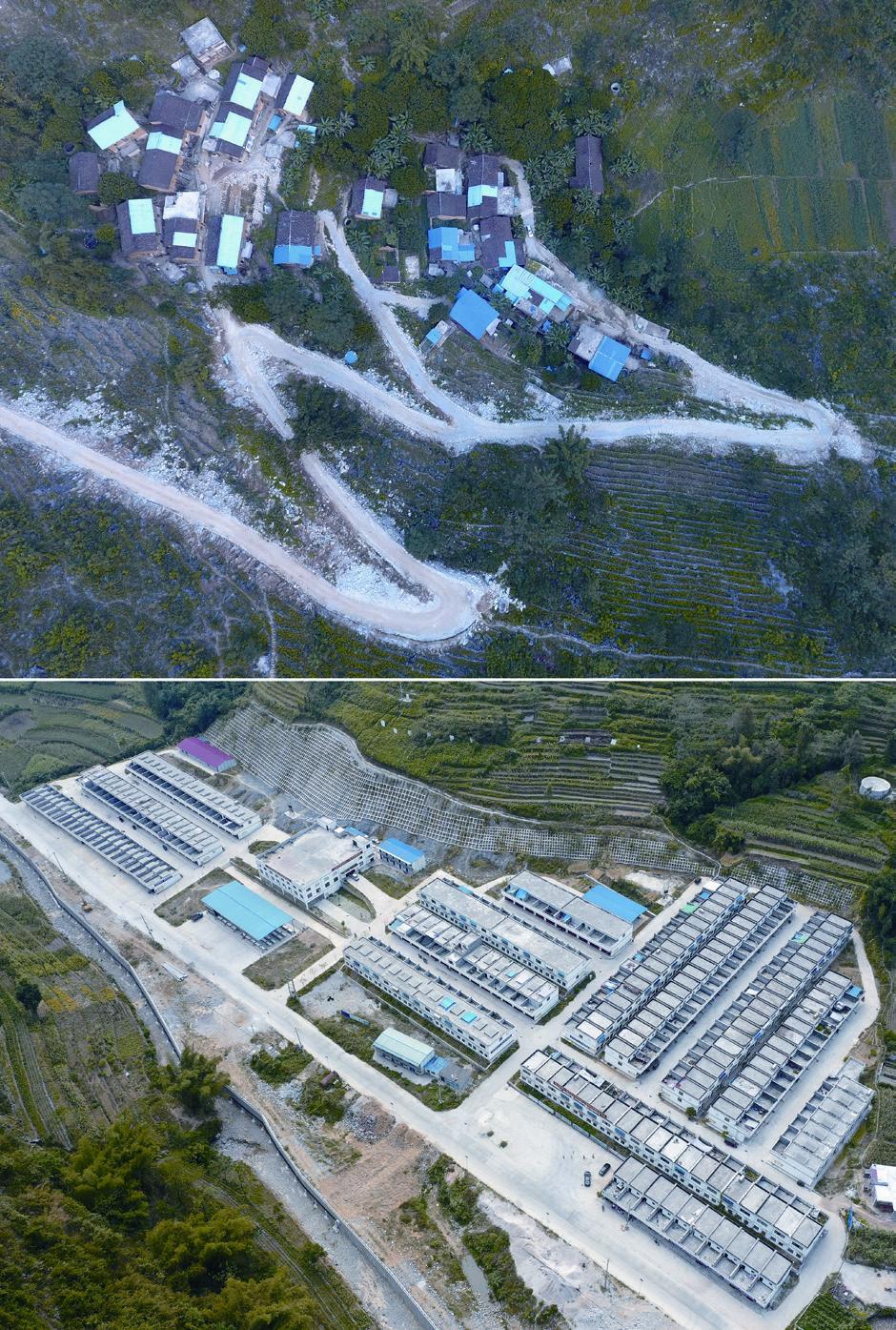War on Poverty Holds Global Significance
2019-10-27
Over the past 70 years, China has made notable strides in reducing its poverty-stricken population.
On this years International Day for the Eradication of Poverty, which falls on October 17, it is illuminating to look back on how China has come this far in poverty reduction and what its achievements mean to the world.
China has been a world champion on poverty reduction. Since the founding of the Peoples Republic of China in 1949, it has lifted over 800 million people out of poverty, which represent over 70 percent of global poverty reduction. The Chinese Government has also promised to wipe out extreme poverty by 2020, 10 years earlier than the deadline set by the UN in its 2030 Agenda for Sustainable Development and its 17 Sustainable Development Goals.
A priority of Chinas drive to end poverty is to guarantee food self-sufficiency for its 1.4 billion people. To do that, China has worked hard to increase farmland productivity through strategy design and technological innovation, said a white paper titled Food Security in China released on October 14.
Offi cial data showed that between 1949 and 2018, Chinas annual total grain output rose nearly five times from 113 million tons to 658 million tons, while per-capita output more than doubled to 472 kg.
China did not stand still after it has achieved food security. It has continued to improve the livelihood of its people in areas of health, education and womens empowerment.
Chinas poverty elimination experience has proved valuable to other nations that need to solve similar tough issues.

The precise poverty alleviation strategy is Chinas main weapon in its war on poverty. With this strategy, China uses f lexible policies to meet the needs of various groups of people in different parts of the country. For example, to reduce poverty facing the elderly, the sick and the disabled, the policy is focused on knitting a stronger social safety net.
Meanwhile, the market has begun to play a vital role. Since 2015, with encouragement from the Chinese Government, private enterprises have played a bigger part in numerous social investments to reduce poverty.
While blazing an effi cient path for others to draw lessons from, China has promoted international cooperation to benefi t more impoverished people.
In late 2018, the UN adopted its fi rst-ever resolution addressing poverty eradication in rural areas, which was put forward by China and the Group of 77.
China has walked its talk by helping other countries slash poverty. It has joined nearly 100 poverty reduction projects in many developing countries, and shared its experience through training courses and forums, and by building poverty reduction demonstration villages in other developing countries such as Laos and Cambodia, according to Chinas Progress Report on Implementation of the 2030 Agenda for Sustainable Development released in September.
China believes that development is the master key to solving all problems. Since 2013, China has been trying to invite countries worldwide to join its efforts in promoting open, sustainable and people-centered development within the framework of the Belt and Road Initiative. Presently, many of the Belt and Road Initiative-related projects have begun to bear fruits for local people.
For example, Kenyas MombasaNairobi Standard Gauge Railway, which was built with Chinese funds and knowhow and is the largest infrastructure project since the African countrys independence, has created 46,000 local jobs, lowered costs of transportation and boosted regional trade.
It is hard to terminate poverty in a single country, let alone in the world. Yet that does not mean it is impossible. Chinas decades of steady achievements and contributions can help others fi nd some useful clues.
